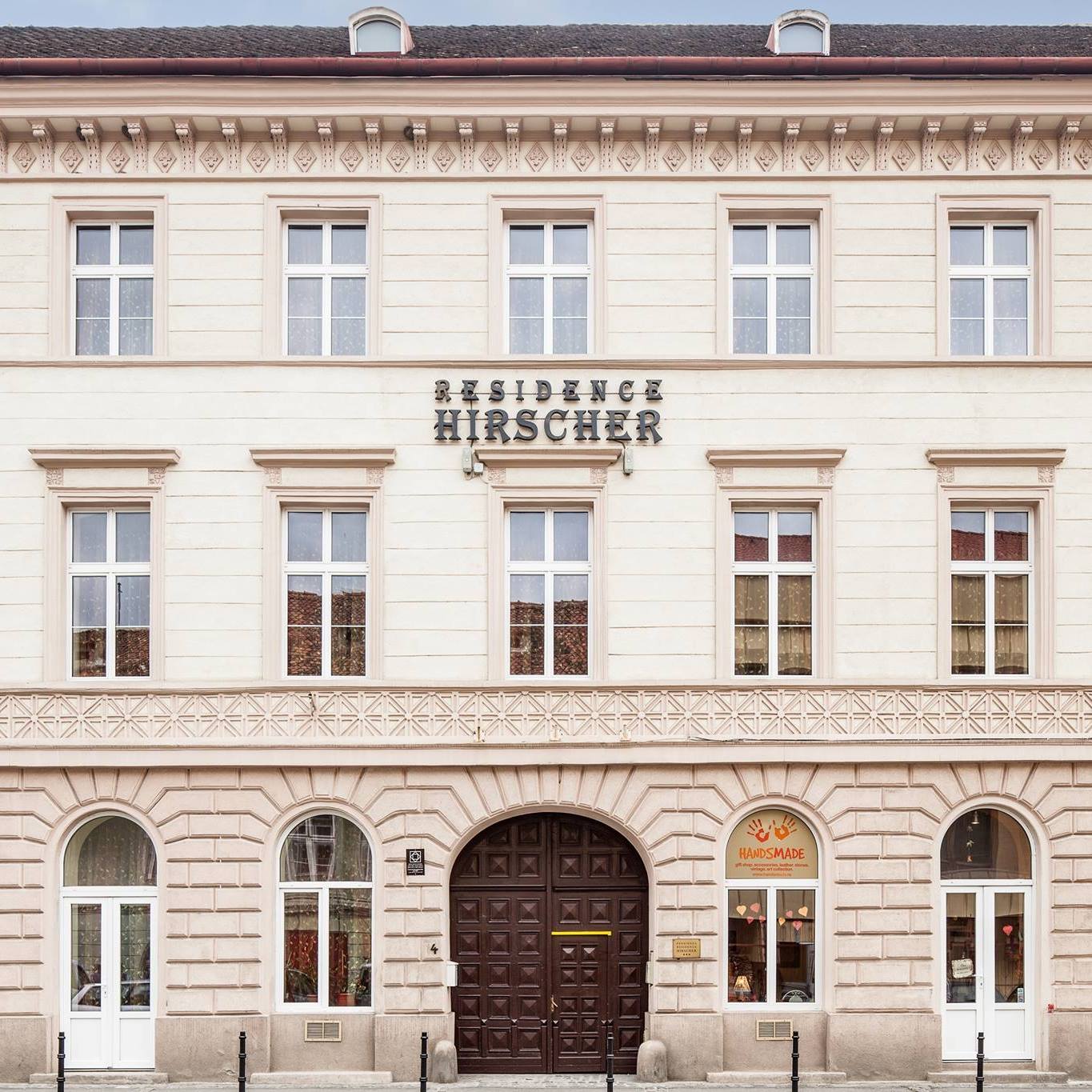Residence Hirscher was completely renovated and redecorated in 2018.
About RESIDENCE HIRSCHER hotel
Residence Hirscher
enjoys an ideal location at the foothills of Tampa Mountain in the center of the historic
Old Town of Brasov. Located 200 meters away from the Main (Council) Square, Black
Church and the main pedestrian shopping street (Republicii Street). Housed in a
landmarked building built in 1847, under the name of “Iordake David House”, the hotel
was renovated in 2018 to offer its guests modern
comforts and high-class service.
Residence
Hirscher offers spacious, modern furnished rooms suitable for both short and long-term stay.
Our guests have the opportunity to choose from several room types: deluxe double rooms,
standard double rooms with both twin and matrimonial beds, single rooms, and a suite with
kitchenette and living room.
The rooms are individually designed and furnished to be
stylish and comfortable. All units are fitted with minibar, TV with premium cable
channels, free wifi and wired high-speed Internet. We offer 24-hour front desk
concierge, breakfast service, daily newspaper and the housekeeping staff is present daily to
ensure a pleasant experience.
The Old Town touristic attractions, restaurants, shops and hiking trails are located within walking distance from Residence Hirscher. The ski resort, Poiana Brasov, is a scenic 20-minute drive from the hotel and offers over 13 kilometers of skiing and snowboarding slopes between the elevation of 1,021 and 1,799 meters and it is serviced by 10 ski lifts. The resort is open all year and it is popular destination for hiking, mountain biking, horseback riding, hang gliding or simply enjoying the mountain clean air, scenery and tranquility.
Looking for a cozy place with easy access to the best of Brasov? Welcome to Hirscher Residence Hotel!

